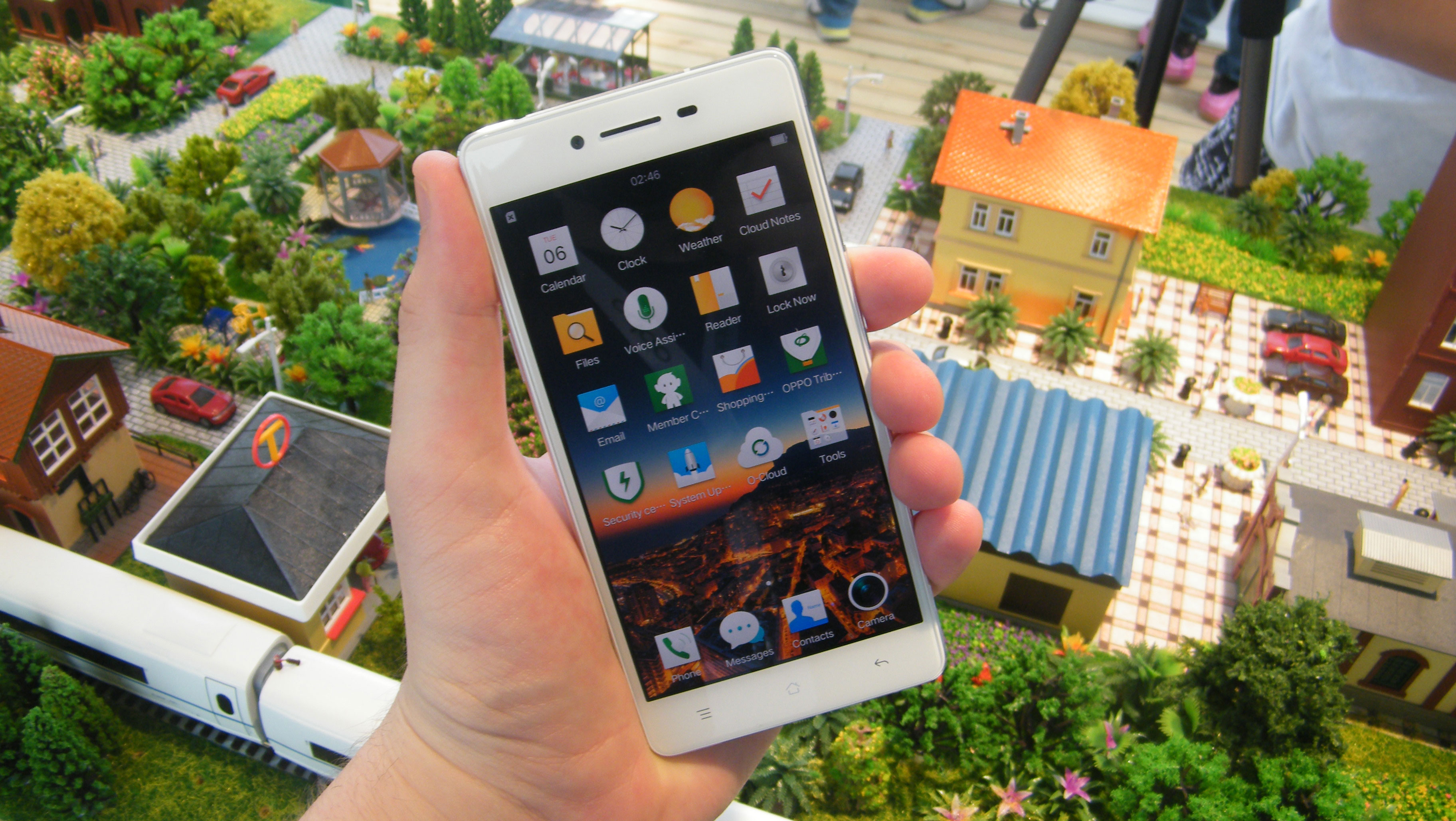Why you can trust TechRadar
Oppo has given the R7's cameras a big build-up, promising excellent performance, and on paper the specs look impressive for a mid-range device.
Around the back there's a 13-megapixel primary shooter coupled with single LED flash, and on the face of the R7 sits a front-facing camera packing an 8MP OmniVision sensor.
Unfortunately, photos taken with the R7's rear shooter are generally disappointing. They're far from terrible, with 'Ultra HD' mode enabling you to capture a decent amount of detail, but colours lack vibrancy and whites often appear washed out.

By default the resolution of the R7's camera is limited to 10MP, enabling the app to use a 16:9 wide-angle viewfinder. If you want to maximise image quality you'll have bump up the resolution to the full 13MP, and live with a boxy 4:3 aspect ratio.
Navigating around the camera UI is pretty straightforward and, despite being packed full of features, the app retains a minimal aesthetic like the rest of Color OS 2.1.
Akin to the software found on the Sony Xperia Z3+ and Samsung Galaxy S6, plenty of customisable shooting modes are included, and more can be downloaded from the R7's camera shop.
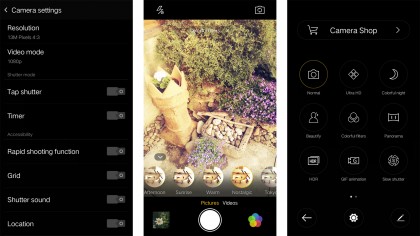
Essentials such as 'HDR', 'Panorama' and 'Colorful night' are present, and 'expert' mode' gives you full manual control over core camera functions. The ability to shoot in raw format is also handy, and social media fanatics will probably appreciate the inclusion of fancy filters.
'Ultra HD' mode enables you to achieve up to 50MP snaps with the R7's camera, by taking four photos and merging them together. Results are sharper than when shooting in other modes, although this feature does require extra processing time.
More unusual modes like 'Beautify', 'Super Macro' and 'Slow Shutter' are fun to play around with in certain situations, but in everyday use I didn't find myself switching out of 'Normal' mode too often.
In general, snapping photos with the R7 is fast and enjoyable. The camera app launches in less than a second thanks to Oppo's optimisations, thus improving your chances of bagging that crucial shot.
Autofocus speeds are also good, and there's almost zero shutter lag, so you probably won't ever need to dive into camera settings to enable burst mode.
Even with a fantastic camera app, however, the Oppo R7's 13MP rear snapper can only deliver middling image quality if 'Ultra HD' mode isn't enabled.
In well-lit conditions you can take some adequate shots, but images do tend look a tad soft, and a fair amount of background noise is visible upon close inspection. Colours also seem slightly dull, but 'HDR' mode is available to make the things a bit more vibrant.
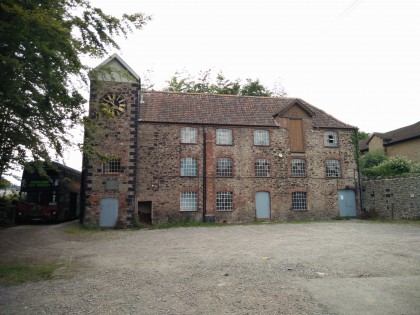
Click here for the full-resolution image
Thankfully close-up snaps are significantly more detailed. The depth of field isn't particularly shallow, yet subjects are still prominent thanks to the slightly blurred background.
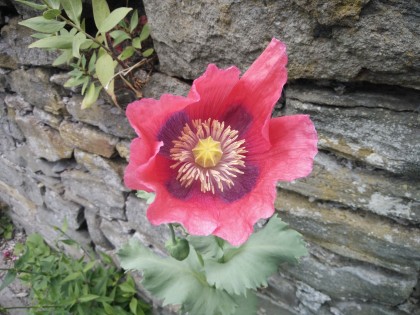
Click here for the full-resolution image
Even when using the bundled 'Colorful night' and 'HDR' modes, the R7 performs poorly in low-light conditions. Regardless of the mode you're shooting in, a high ISO has to be used as the f/2.2 lens struggles to take in enough light, and so grainy photos are the norm.
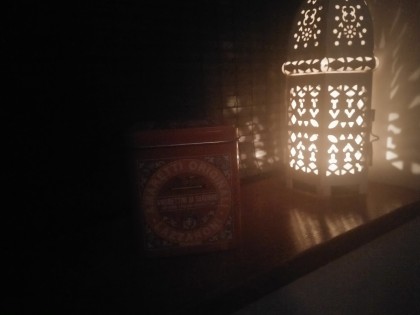
Click here for the full-resolution image
On the plus side, the Oppo R7's main camera records crisp and detailed 1080P video at 30 frames per second. Colours are still not well saturated, but the camera adjusts to changing light conditions quickly and smoothly.
While the R7's primary camera under-achieves, the 8MP front-facing shooter is a decent performer, and it's certainly a cut above the units found on most affordable handsets. Detailed selfies, and the ability to record 1080P, should satisfy even the most demanding of socialites.
